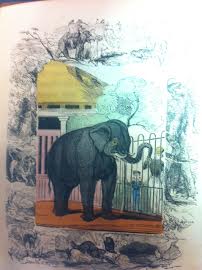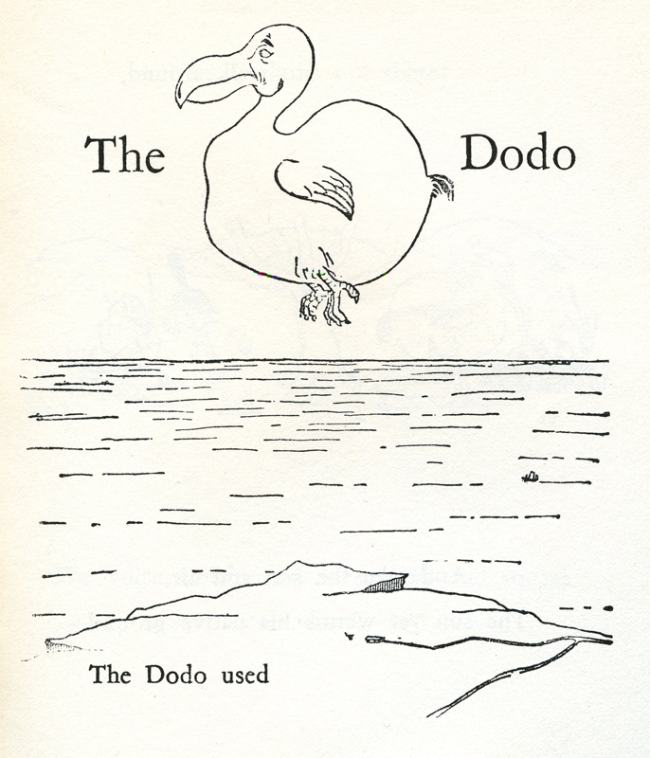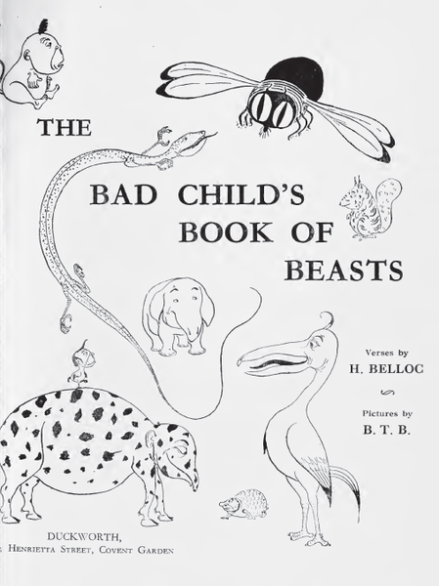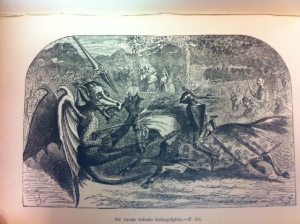
When people talk about ‘the elephant in the room’, they mean the big subject that everyone is ignoring. If you imagine an elephant in your living room or at a party, you’ll understand how very hard it would be to avoid mentioning it. Elephants don’t get a fair deal when it comes to the turns of phrase they find themselves in. Besides being ‘the big ignored subject’, they used to be part of the name of a stall at sales of work or jumble sales – the white elephant stall. This was a stall of unwanted and odd things, often gifts that weren’t appreciated, such as ornamental elephants. When someone is described as being ‘like an elephant’, it means they’re big and clumsy. The only good thing about the elephant in phrases is that he ‘never forgets.’
And yet elephants have many other fine qualities. They’re intelligent, sociable, loyal, slow to fight and great at communicating. I’ve always loved them, maybe because they seem so slow and wise. I like their wrinkly tough skin, their beautiful tusks and their unusual trunks. The elephant in my room (pictured above) is not ignored at all, he is often talked about. He’s a tea-cosy made in India and bought in a charity shop, although I prefer to use him as a cushion.
There are many books about or including elephants in the Pollard collection (yes I am getting around to that!) One of them is A Visit to the Zoological Gardens, by James Bishop, published around 1840. The book is full of beautiful engravings of animals in London zoo.

This elephant picture from the book has been hand coloured and features a border of animals in black and white around it. The elephant was one of the many animals in London Zoo, which was founded in 1828 for the ‘scientific study of animals’, and as a popular attraction for ordinary people. Dublin Zoo, by the way, is just three years younger than its relative over the sea.
The first half of the nineteenth century was a time of great interest in the study of animals, as you will see from another book in the Pollard collection, also published around 1840. Stories Illustrative of the Instinct of Animals, Their Characters, and Habits was written by Thomas Bingley, and has this elephant (below) in one of its stories.

Here the usually patient creature gets revenge on two cobblers who were tormenting him. This particular elephant was so well-loved that he was allowed to wander freely in the town. The cobblers took a dislike to him, however, and used to poke the poor creature’s trunk with their awls when he passed by. (An awl is the tool a cobbler uses to pierce holes in leather). The elephant got his own back, though – he filled his trunk with dirty water from a puddle and came back to squirt it all over the cobblers. You can read the complete book, or just have a look at some more of the engravings, here.



















































































